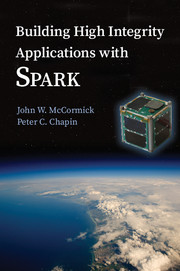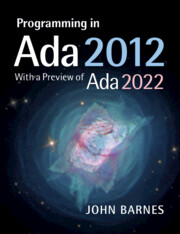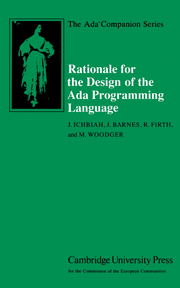Building High Integrity Applications with SPARK
Software is pervasive in our lives. We are accustomed to dealing with the failures of much of that software - restarting an application is a very familiar solution. Such solutions are unacceptable when the software controls our cars, airplanes and medical devices or manages our private information. These applications must run without error. SPARK provides a means, based on mathematical proof, to guarantee that a program has no errors. SPARK is a formally defined programming language and a set of verification tools specifically designed to support the development of software used in high integrity applications. Using SPARK, developers can formally verify properties of their code such as information flow, freedom from runtime errors, functional correctness, security properties and safety properties. Written by two SPARK experts, this is the first introduction to the just-released 2014 version. It will help students and developers alike master the basic concepts for building systems with SPARK.
- The first book on SPARK 2014
- Emphasizes formal verification of programs and integrates formal verification with testing
- Only a minimal mathematics background required
- A case study of developing SPARK code from scratch
Product details
September 2015Paperback
9781107656840
382 pages
228 × 151 × 20 mm
0.55kg
13 b/w illus. 14 tables 119 exercises
Available
Table of Contents
- 1. Introduction and overview
- 2. The basic SPARK language
- 3. Programming in the large
- 4. Dependency contracts
- 5. Mathematical background
- 6. Proof
- 7. Interfacing with SPARK
- 8. Software engineering with SPARK
- 9. Advanced techniques.






